
 i_need_contribute
i_need_contribute
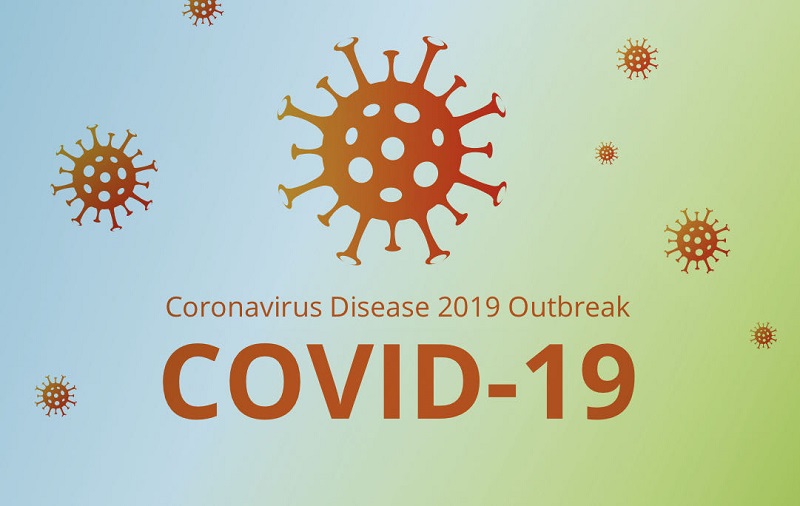
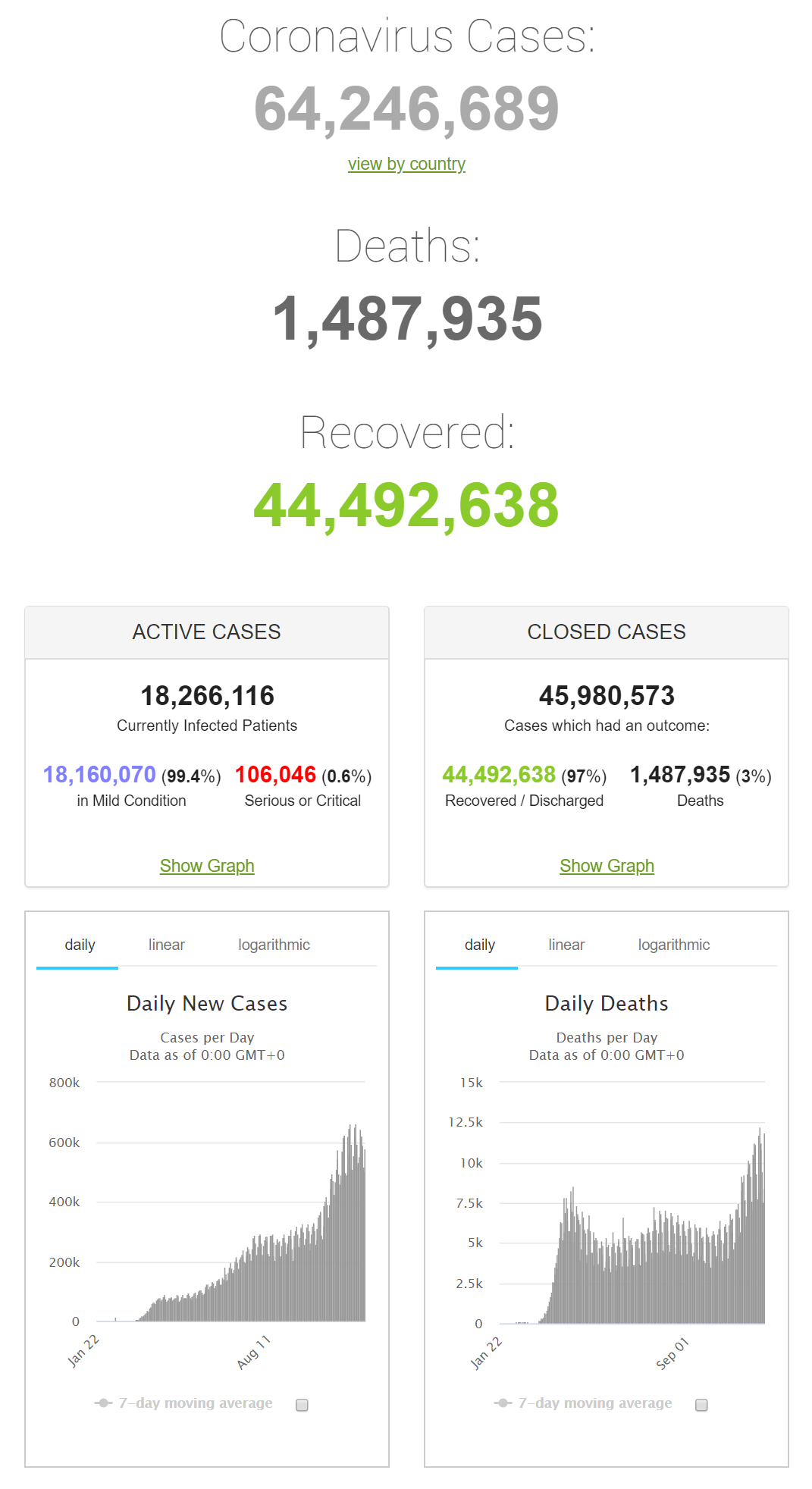
|
Country, |
Total |
New |
Total |
|
World |
64,179,836 |
+577,263 |
1,485,785 |
|
14,108,606 |
+182,276 |
276,979 |
|
|
9,499,710 |
+36,456 |
138,159 |
|
|
6,388,526 |
+52,248 |
173,862 |
|
|
2,322,056 |
+26,402 |
40,464 |
|
|
2,230,571 |
+8,083 |
53,506 |
|
|
1,673,202 |
+8,257 |
45,511 |
|
|
1,643,086 |
+13,430 |
59,051 |
|
|
1,620,901 |
+19,350 |
56,361 |
|
|
1,432,570 |
+8,037 |
38,928 |
|
|
1,324,792 |
+7,986 |
36,934 |
|
|
1,113,543 |
+6,472 |
105,940 |
|
|
1,085,661 |
+15,898 |
17,359 |
|
|
999,924 |
+9,105 |
17,599 |
|
|
975,951 |
+13,881 |
48,628 |
|
|
965,228 |
+1,623 |
36,031 |
|
|
792,299 |
+2,295 |
21,644 |
|
|
745,123 |
+12,498 |
12,548 |
|
|
668,957 |
+30,110 |
13,936 |
|
|
577,345 |
+746 |
16,645 |
|
|
554,767 |
+2,218 |
12,306 |
|
|
552,864 |
+1,121 |
15,430 |
|
|
543,975 |
+5,092 |
17,081 |
|
|
528,474 |
+5,176 |
8,407 |
|
|
527,523 |
+4,045 |
9,438 |
|
|
479,634 |
+4,272 |
11,530 |
|
|
467,225 |
+2,293 |
6,675 |
|
|
432,919 |
+1,292 |
8,418 |
|
|
400,482 |
+2,458 |
8,091 |
|
|
383,468 |
+5,329 |
12,211 |
|
|
359,844 |
+3,508 |
5,915 |
|
|
357,623 |
+263 |
5,907 |
|
|
338,127 |
+1,281 |
2,877 |
|
|
300,462 |
+2,401 |
4,577 |
|
|
285,489 |
+3,033 |
3,325 |
|
|
223,617 |
+4,187 |
2,802 |
|
|
221,073 |
+3,951 |
4,977 |
|
|
193,673 |
+988 |
13,501 |
|
|
183,437 |
+7,999 |
1,652 |
|
|
170,149 |
+1,289 |
576 |
|
|
167,311 |
+1,505 |
3,098 |
|
|
148,775 |
+3,475 |
4,188 |
|
|
148,694 |
+1,934 |
2,139 |
|
|
144,708 |
+86 |
8,957 |
|
|
Dominican |
144,302 |
+314 |
2,333 |
|
142,992 |
+357 |
881 |
|
|
140,172 |
+534 |
1,731 |
|
|
139,343 |
+3,759 |
1,303 |
|
|
139,001 |
+168 |
238 |
|
|
138,219 |
+1,572 |
1,166 |
|
|
135,967 |
+843 |
2,193 |
|
|
132,348 |
+689 |
1,990 |
|
|
131,342 |
+2,900 |
1,861 |
|
|
129,455 |
+1,511 |
1,033 |
|
|
125,602 |
+4,426 |
1,433 |
|
|
123,908 |
+209 |
1,430 |
|
|
122,774 |
+712 |
4,178 |
|
|
116,303 |
+392 |
6,666 |
|
|
110,554 |
+480 |
1,709 |
|
|
108,863 |
+1,499 |
2,323 |
|
|
108,253 |
+365 |
2,918 |
|
|
107,470 |
+2,199 |
2,517 |
|
|
107,183 |
+1,254 |
868 |
|
|
102,621 |
+227 |
901 |
|
|
92,189 |
+1,476 |
1,972 |
|
|
88,004 |
+2,357 |
747 |
|
|
87,137 |
+181 |
341 |
|
|
86,542 |
+12 |
4,634 |
|
|
84,169 |
+551 |
1,474 |
|
|
84,152 |
+953 |
2,447 |
|
|
83,479 |
+1,055 |
1,771 |
|
|
83,417 |
+608 |
1,196 |
|
|
81,949 |
+1,468 |
846 |
|
|
77,135 |
+1,321 |
1,490 |
|
|
73,178 |
+371 |
1,275 |
|
|
73,145 |
+104 |
610 |
|
|
72,798 |
+254 |
2,069 |
|
|
67,838 |
+281 |
1,176 |
|
|
67,169 |
+1,472 |
363 |
|
|
62,945 |
+1,067 |
1,792 |
|
|
62,515 |
+1,187 |
519 |
|
|
58,228 |
+10 |
29 |
|
|
39,130 |
+189 |
1,120 |
|
|
39,014 |
+832 |
822 |
|
|
36,591 |
+441 |
334 |
|
|
35,849 |
+584 |
504 |
|
|
35,129 |
+451 |
330 |
|
|
34,652 |
+451 |
526 |
|
|
27,912 |
+8 |
908 |
|
|
25,462 |
+550 |
399 |
|
|
5,319 |
+7 |
117 |
|
|
4,872 |
+27 |
45 |
|
|
4,008 |
+10 |
60 |
|
|
1,351 |
+4 |
35 |
Retrieved from: https://www.worldometers.info/coronavirus/
From CNN's David Culver and Nectar Gan
Inside a gray warehouse at the Shenzhen International Airport in southern China, a row of white chambers sits in a cordoned-off corner, each fitted with a display screen showing the customized temperature inside.
A security worker in face mask, surgical gown and rubber gloves stands guard. Anyone entering this part of the warehouse has to either complete two weeks of quarantine or wear a head-to-toe hazmat suit.
These climate-controlled rooms, totaling an area of 350 square meters (3,767 square feet), are soon to be filled by rows and rows of Chinese-made Covid-19 vaccines -- after they receive approval from the country's drug regulators. From there, they'll be loaded onto temperature-controlled compartments of cargo jets and flown to continents around the world.
In the coming months, China will be sending hundreds of millions of doses of coronavirus vaccines to countries that have conducted last-stage trials for its leading candidates. Chinese leaders have also promised a growing list of developing countries priority access to its successful vaccines.
This global campaign presents China an opportunity to repair its image, which was damaged for its initial mishandling of the coronavirus outbreak -- rather than being blamed for the primary spread of the virus it can potentially be esteemed for helping to bring an end to the pandemic.
From CNN Health’s Lauren Mascarenhas
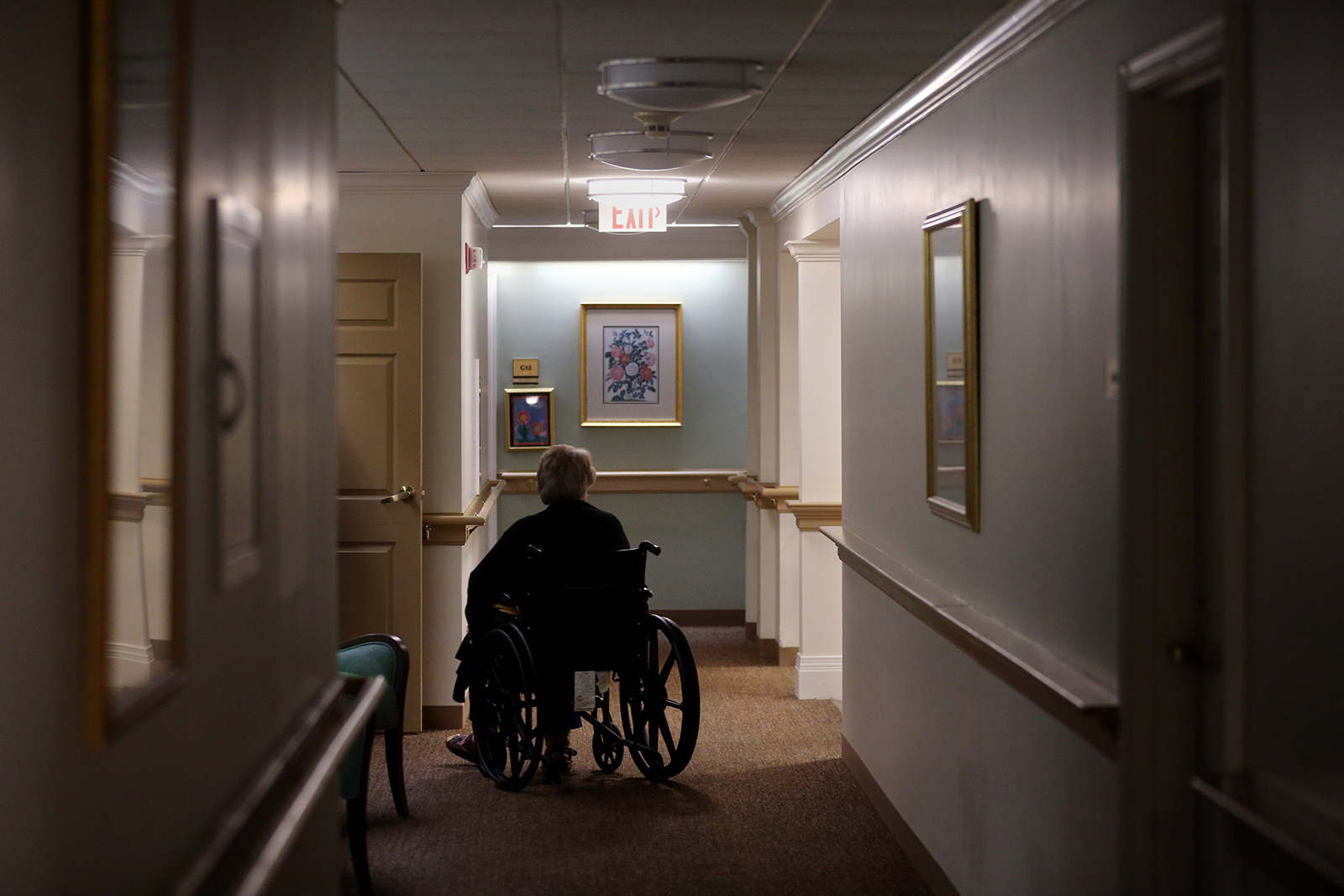
A resident in a wheelchair at an assisted living facility in Boston, on Sept. 2. Craig F. Walker/The Boston Globe via Getty Images
Nursing homes in the United States recently reported their highest weekly new coronavirus cases since the spring, the American Health Care Association and National Center for Assisted Living (AHCA/NCAL) said in a report published Tuesday. The rise correlates with a surge in infections nationwide.
“Our worst fears have come true as COVID runs rampant among the general population, and long term care facilities are powerless to fully prevent it from entering due to its asymptomatic and pre-symptomatic spread,” said Mark Parkinson, president and CEO of AHCA/NCAL, in a statement.
Nursing homes in the Midwest were particularly hard hit, with a more then 400% increase in weekly cases since mid-September. During the week of Nov. 15, 49% of new nursing home cases were in the Midwest.
Between mid-September and the week of Nov. 15, there was a 177% rise in new weekly nursing home cases nationwide. The rise in cases has been accompanied by a rise in coronavirus deaths in nursing homes.
The report cites data from Johns Hopkins University and the Centers for Medicare and Medicaid Services. Health experts say that rising community spread of the virus is a good indicator for surges in nursing homes.
“Given the fact that our elderly population is the most vulnerable and the rising level of Covid across the U.S. shows no signs of stopping, it is paramount that the Centers for Disease Control and Prevention (CDC) provide the highest priority for the vaccine distribution to long term care residents and staff,” Parkinson said.
Retrieved from: https://edition.cnn.com/world/live-news/coronavirus-pandemic-12-02-20-intl/index.html
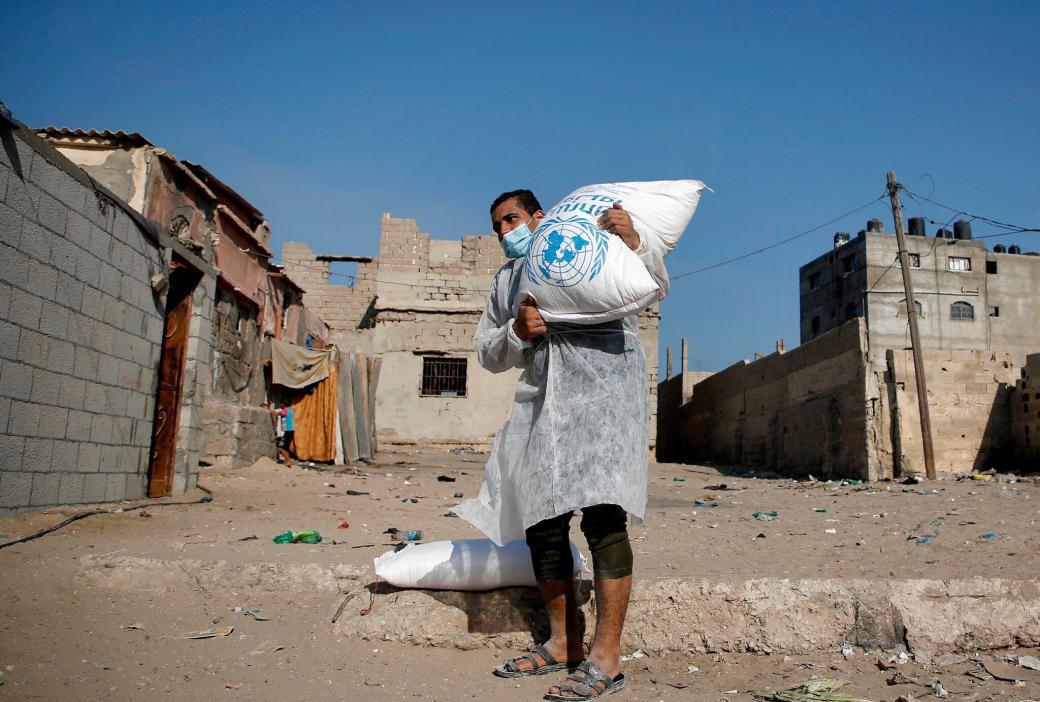
A Palestinian refugee receiving aid last month at the United Nations center in Gaza City.Credit...Mohammed Abed/Agence France-Presse — Getty Images
The coronavirus pandemic has created a record need for global humanitarian aid, the United Nations said on Tuesday, forecasting that 235 million people will require aid in 2021, an increase of 40 percent over the same period last year.
The proportion of people needing aid rose to one in 33 people worldwide from one in 45 last year. Fighting off famine, poverty and disease, while keeping children vaccinated and in school, will require $35.1 billion in funding, or more than double the record $17 billion raised in 2020, the United Nations said.
Even as much of the world looks with hope to promising coronavirus vaccines, which could begin to be rolled out as early as next month, the lingering impact of the pandemic — including rising food prices, falling incomes and halted education — will disproportionately hit more vulnerable people, said Mark Lowcock, organization’s humanitarian and emergency relief efforts.
Extreme poverty will increase for the first time since the ’90s, life expectancy will fall, deaths from diseases like malaria and tuberculosis will double, twice as many people will face starvation, and many children will be unable to go back to school, he said.
“The rich world can now see the light at the end of the tunnel,” Mr. Lowcock said. “The same is not true in the poorest countries. The Covid-19 crisis has plunged millions of people into poverty and sent humanitarian needs skyrocketing.”
The United Nations presented its forecast in Geneva on Tuesday as it introduced its Global Humanitarian Overview, an annual assessment of projected needs. At the same event last December, before the coronavirus outbreak had grown to a global pandemic, the United Nations predicted 168 million people would need aid in 2020, requiring $28.8 billion in funding.
Its plan for 2021 would target aid to 160 million people in 56 countries, with the largest populations in Yemen, Ethiopia, the Democratic Republic of Congo, Afghanistan, Sudan, Syria and Nigeria.
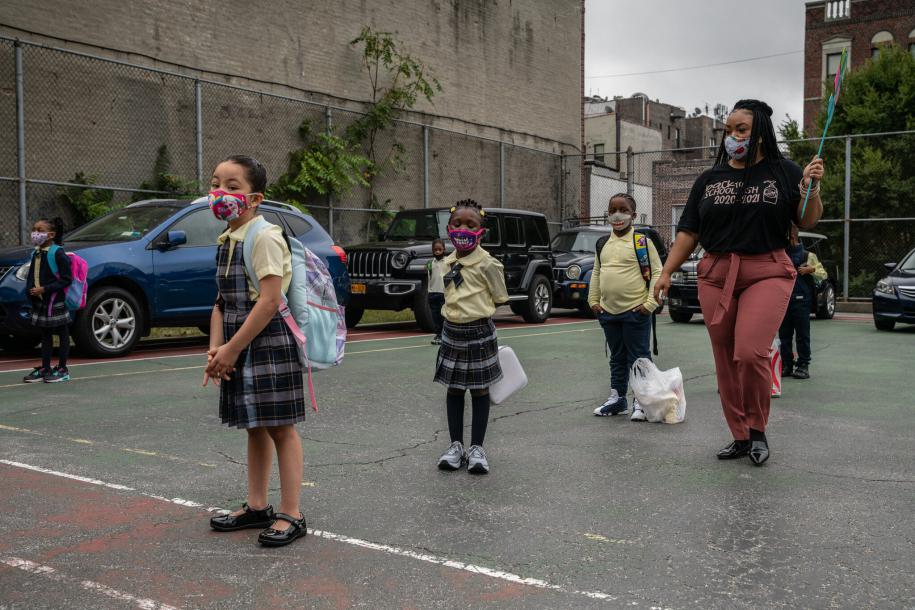
Younger students, like those lined up for the first day of kindergarten at P.S. 161 in Brooklyn last September, would return to in-person learning under Mayor de Blasio’s plan.Credit...Juan Arredondo for The New York Times
After a summer of uncertainty and fear about how schools across the globe would operate in a pandemic, a consensus has emerged in recent months that is becoming policy in more and more districts: In-person teaching with young children is safer than with older ones, and particularly crucial for their development.
On Sunday, New York City, home to the country’s largest school system, became the most high-profile example of that trend, when Mayor Bill de Blasio announced that only elementary schools and some schools for children with complex disabilities would reopen after all city classrooms were briefly shuttered in November. There is no plan yet to bring middle and high school students back into city school buildings.
It was an abrupt about-face for the mayor, who had for months promised to welcome all of the city’s 1.1 million children — from 3-year-olds to high school seniors — back into classrooms this fall.
But the decision put New York in line with other cities around America and across the world, which have reopened classrooms first, and often exclusively, for young children, and in some cases kept them open even as they have confronted second waves of the virus.
In-person learning is particularly crucial for young children, who often need intensive parental supervision to even log on for the day, education experts say. And mounting evidence has shown that elementary school students in particular can be safe as long as districts adopt strict safety measures, though it’s an unsettled question for older students.
“With younger kids, we see this pleasant confluence of two facts: science tells us that younger children are less likely to contract, and seemingly less likely to transmit, the virus,” said Elliot Haspel, the author of Crawling Behind: America’s Child Care Crisis and How to Fix It. “And younger children are the ones that most need in-person schooling, and in-person interactions.”
Districts including Chicago, Washington D.C. and Philadelphia have either begun to bring back only young children or have plans to do so whenever they eventually reopen classrooms.
In Rhode Island, Gov. Gina Raimondo, a strong proponent of keeping schools open, recently asked colleges to shift to all-remote learning after Thanksgiving, and gave districts the option of reducing the number of high school students attending in person. But she asserted that middle and elementary schools were not sources of community spread.
That model of giving priority to younger students has been pioneered in Europe, where many countries have kept primary schools open even as most other parts of public life have shuttered during the continent’s second wave.
Italy has kept its primary schools open but kept teaching remote for middle and high schools. All schools in Germany are open, and discussions about possible closures have focused mainly on high schools.
And in America, more and more districts have begun to prioritize elementary school students for in-person learning.
In urban districts that have been slow to reopen, that has meant making plans to bring back the youngest students. In parts of the Midwest where school districts were more aggressive about reopening, and where there has been a huge rise in cases in recent weeks, public health officials have prioritized keeping elementary schools open even as they have closed high schools and in some cases middle schools.
“The data is becoming more compelling that there is very limited transmission in day care and grade schools,” said Michael Osterholm, director of the Center for Infectious Disease Research and Policy at the University of Minnesota and a member of President-elect Joseph R. Biden Jr.’s coronavirus task force, in a recent interview.
“I keep telling people, ‘Stop talking about kids — talk about those younger than 10,’” he added. “We’re seeing a very different epidemiology in that group than we’re seeing, for example, in high school students.”
And while there’s great concern about how students are falling behind by not being in classrooms, new data released this week by the Northwest Evaluation Association, known as NWEA, a non-profit research group that provides assessments used by thousands of school districts to measure student growth and proficiency, shows that students lost modest ground in math, but held steady in reading on assessments administered this fall.
The analysis, based on the scores of 4.4 million students in grades three through eight, was on the whole encouraging, but came with important caveats. “While there’s some good news here, we want to stress that not all students are represented in the data, especially from our most marginalized communities,” said Beth Tarasawa, executive vice president of research at NWEA. “This increases the urgency to better connect to students and families who may be weathering the Covid storm very differently.”
Pakistan has approved $150m in funding to buy Covid-19 vaccines, initially to cover the most vulnerable 5% of the population, the de facto health minister said.
The initial phase of vaccinations would focus on providing free shots for frontline health workers and people above the age of 65, Faisal Sultan said, adding the go-ahead for funding the programme had been given at a cabinet meeting chaired by the prime minister, Imran Khan.
A panel of experts was compiling a list of recommendations on how to procure the vaccine, Sultan, the prime minister’s special adviser on health, said.
“We will see whether we need to tap more than one source, including some western manufacturers or some Chinese, so we will move forward with all these options,” he said.
In making a choice, consideration would be given to the vaccine’s efficacy, level of protection and safety, Sultan said, as well as “cold chain” storage requirements and Pakistan’s ability to acquire stocks.
An initial conversation has already been opened with several companies, he added.
Pakistan has launched phase III clinical trials for CanSino Biologics’ Covid-19 vaccine candidate, led by the government-run National Institute of Health (NIH) and pharmaceutical company AJM - the local representative of CanSino.
The South Asian nation of 220 million people closed schools to curb new infections and a rise in the number Covid-19 patients at hospitals in late November.
Pakistan’s government reported 67 deaths, the highest single day toll in months, and 2,458 new cases on Tuesday, with 2,165 patients in hospitals in a critical condition. Overall there have been 400,482 cases recorded in the country so far and 8,091 deaths.
By Reuters Staff
(Reuters) - Top U.S. health officials announced plans to start vaccinating Americans by mid-December, while the UK parliament approved regional restrictions and the United Nations urged all countries to designate seafarers as key workers against the backdrop of travel restrictions. DEATHS AND INFECTIONS * For an interactive graphic tracking the global spread of COVID-19, open here in an external browser. * Eikon users, see COVID-19: MacroVitals here for a case tracker and summary of news.
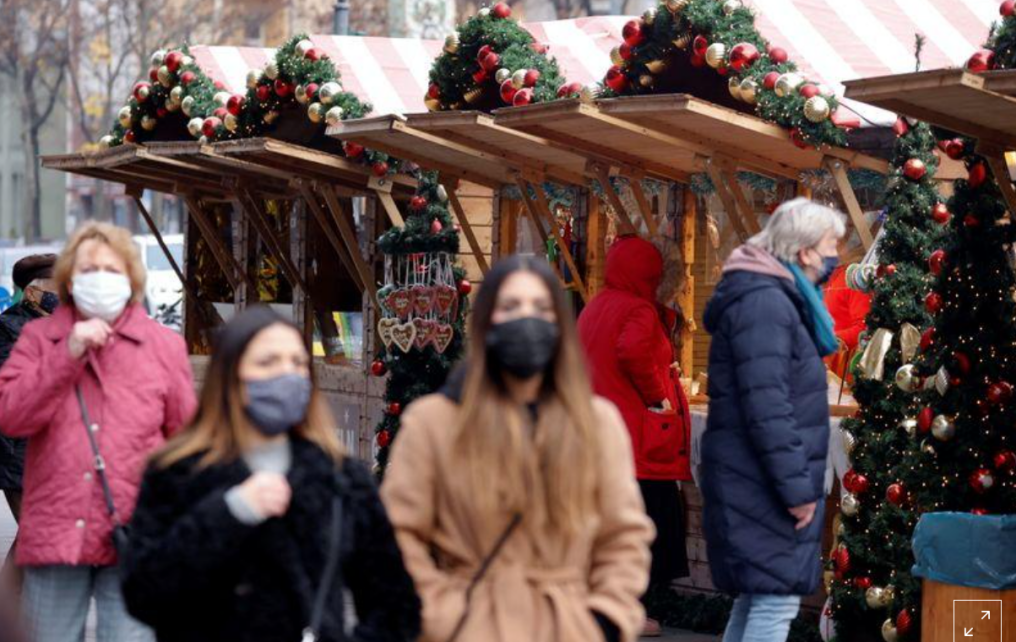
People wearing protective face masks walk beside Christmas-themed food stalls at Schloss Strasse shopping street, amid the coronavirus disease (COVID-19) outbreak in Berlin, Germany, December 1, 2020. REUTERS/Fabrizio Bensch
* Securing a vaccine for all European countries will be a top priority for Portugal when it takes over the presidency of the European Union next January, Portuguese Prime Minister Antonio Costa said.
* France said the number of people hospitalised for COVID-19 infections fell by more than 600 to go below the 28,000 threshold for the first time since Nov. 4.
* Turkey’s daily COVID-19 death toll hit a record high, as Turks braced for new restrictive measures.
* The U.S. Centers for Disease Control and Prevention will soon shorten the length of self-quarantine recommended to 10 days, or 7 days with a negative test, from the current 14-day period.
* Indigenous people, health workers and those aged 75 years and older will be at the front of the line to be vaccinated, Brazil’s Health Ministry said as it unveiled a four-stage preliminary plan for national immunization.
* Mexico’s government was due to sign a contract on Wednesday with pharmaceutical company Pfizer for the delivery of its vaccine.
* Japan aims to allow “large-scale” numbers of overseas visitors to attend next year’s Tokyo Olympics without mandatory vaccinations or quarantine, provided they submit negative test results and download tracking apps, the Nikkei business daily reported.
* Tennis Australia (TA) expects to exhaust most of its A$80 million ($59.01 million) reserves to maintain funding to the sport as it deals with significant costs in staging the Australian Open.
* India may not need to vaccinate all of its 1.3 billion people if it manages to inoculate a critical mass and break the transmission of the coronavirus, government officials said.
MIDDLE EAST AND AFRICA * Hamas’s Gaza leader, Yehya Al-Sinwar, has tested positive for COVID-19, a spokesman for the Islamist militant group, which runs the Palestinian territory, said.
* Lewis Hamilton will miss the Sakhir Formula One Grand Prix in Bahrain after testing positive for COVID-19. MEDICAL DEVELOPMENTS
* Johnson & Johnson said health regulators in Europe and Canada had started a real-time review of its vaccine candidate after preliminary results showed that the shot triggered the production of antibodies and immune cells.
* Moderna Inc and Pfizer-BioNTech are in a tight race to launch their COVID-19 vaccines in Europe after both applied for emergency European Union approval.
* Serum Institute of India, which has partnered with AstraZeneca to manufacture its vaccine, will continue to test a two full dose regimen of the shot despite it showing a lower success rate than a half and full dose regimen in pivotal trials. ECONOMIC IMPACT
* Asian shares shed early gains from a strong Wall Street lead on Wednesday, as some investors booked profits on a stellar run to record highs, but hope for additional U.S. economic stimulus and a vaccine kept market sentiment well supported. [MKTS/GLOB] * The Bank of Japan is ready to extend beyond March a range of steps aimed at easing corporate funding strains, suggesting a decision could come as early as this month.
* Australia’s economy rebounded sharply in the third quarter from a recession as consumer spending surged, though the country’s top central banker signalled monetary policy will stay accommodative for a while.
Retrieved from: https://www.reuters.com/article/health-coronavirus-latest-int-idUSKBN28C0IJ
Here are the key global developments from the last few hours:
· The US reported more than 100,000 cases a day every day of November, Johns Hopkins data shows, as it heads into a festive season marked by surging hospitalisations.
· A US government panel on Tuesday formally recommended early doses of Covid-19 vaccines be given first to healthcare workers and long-term care facility residents in the US, generally seen as people who live in nursing homes and assisted living facilities.
· In the UK, Boris Johnson suffered his worst-ever Commons rebellion on Tuesday night, as 55 Conservative MPs opposed the government’s new coronavirus tier system. The UK’s month-long lockdown ends on Wednesday, 2 December.
· England’s new three tier system comes into effect on 2 December. Non-essential shops in all areas can reopen, as can gyms, hairdressers and other personal care businesses, with the formal instruction to stay at home coming to an end. The “rule of six” will again apply for outdoor gatherings in all areas.
· Mexico’s government was due to sign a contract on Wednesday with pharmaceutical company Pfizer for the delivery of its coronavirus vaccine, Deputy Health Minister Hugo Lopez-Gatell said on Tuesday. Pfizer has submitted the details about its vaccine to Mexico’s health regulator, Cofepris, and the country’s foreign minister last month said the government expects the vaccine to reach Mexico in December.
· Mexico’s government was due to sign a contract on Wednesday with pharmaceutical company Pfizer for the delivery of its coronavirus vaccine, Deputy Health Minister Hugo Lopez-Gatell said on Tuesday. Pfizer has submitted the details about its vaccine to Mexico’s health regulator, Cofepris, and the country’s foreign minister last month said the government expects the vaccine to reach Mexico in December.
· India’s daily coronavirus cases continued to stay below the 50,000 mark for the 25th straight day, with 36,604 new infections reported, data from the health ministry showed on Wednesday. The country now has 9.5 million total infections, but cases have been dipping since a peak in September, in spite of a busy festival season last month.
· US says it is ready for immediate domestic shipment vaccines. The US Transportation Department said Tuesday it has made preparations to enable the “immediate mass shipment” of Covid-19 vaccines and completed all necessary regulatory measures.
· The US Centers for Disease Control and Prevention will soon shorten the length of self-quarantine recommended after potential exposure to the coronavirus to 10 days, or 7 days with a negative test, a federal spokesperson said on Tuesday. CDC currently recommends a 14-day quarantine in order to curb the transmission of the virus.